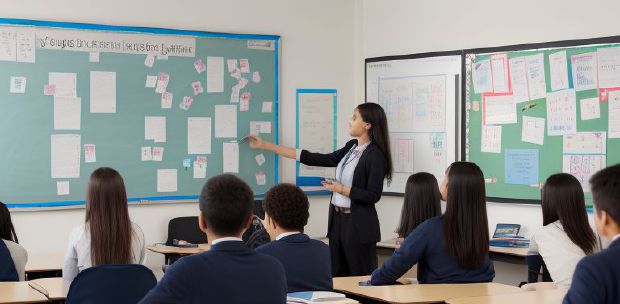AFTER years of studying, researching and publishing on matters concerning Moral Education, I was invited to be a trainer-of-trainers in the 1990s.
It was a national in-house training for selected Moral Education teachers who would then train their respective states and districts. The first workshop I was given to handle was on “Using Theory of Constraints (TOC) to Teach Moral Education”.
Being a novice trainer, I had no idea what TOC was about, but I took the challenge to read up, research and prepare my materials.
I have no regrets doing this. I later learnt that none of the trainers wanted to take up that topic as they found it theoretical and complicating.
It was one of the best workshops I had given to the six zones in different parts of Malaysia because the whole TOC focused on common sense. If one had common sense, one could apply that theory in Moral Education which could be expanded to their daily lives.
TOC creator Dr Elihayu Goldratt (1947-2011) said: “Every improvement is a change but not every change is an improvement.” Three main questions guide this philosophy:
WHAT to change;
WHAT to change to; and,
HOW to cause the change.
TOC is a thinking process that originated in the business world and was later adapted in the education scenario.
The idea is to apply common sense methodologies to logically identify and overcome key limitations that inhibit a person, group or organisation from achieving their goal.
Three tools introduced in TOC are cloud, ambitious target and branch. Cloud helps identify solutions to internal and external conflicts, ambitious target creates a plan to overcome the obstacles that are hindering success and branch identifies how the consequences of decisions lead to positive or negative results.
And all it needs is common sense to think through the whole process of resolving issues and dilemmas. It’s part of training students to achieve higher order thinking skills (HOTS).
There is no need for long sentences or bombastic words to resolve moral dilemmas. Students can use the diagrams in the tools to think through and resolve issues or come up with suggestions.
Even preschoolers can be taught to apply TOC by using pictures and symbols. One does not need to have excellent reading skills as what is expected in the current process of teaching HOTS in schools.
I was shocked to see Year 1 language books which expected 6- and 7-year-olds to read to apply HOTS. We have got HOTS totally wrong, again.
HOTS is not about merely using intellect to read and having the ability to resolve based on the reading process. By using the TOC tools, HOTS can be achieved. It is a matter of using common sense.
Each of the TOC tools can be used to facilitate change in students to think at a higher and more critical level.
Most educators want their students to become responsible and productive. In spite of their good intentions, dedication and best practices, there are obstacles that limit their progress.
Let’s educate students to use their common sense and HOTS will develop naturally.
DR VISHALACHE BALAKRISHNAN
Director, Centre for Research in International and Comparative Education, Universiti Malaya, Kuala Lumpur





